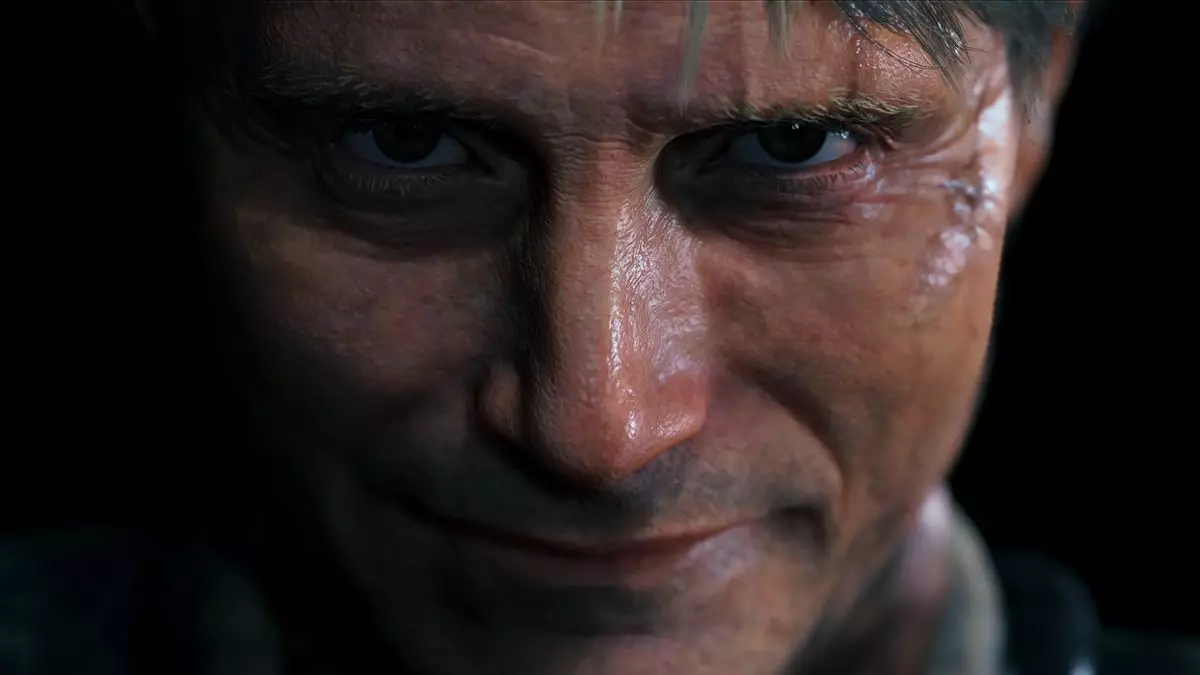Hideo Kojima is a name that resonates deeply within the video game industry, synonymous with innovation and masterful storytelling. His creations, including the iconic Metal Gear series and the avant-garde Death Stranding, have blurred the lines between gaming and cinema. This unique intersection of mediums has sparked both admiration and analysis from critics and fans alike. But what is it about Kojima’s work that feels so cinematic? The answer lies not just in his artistic choices, but in a deeply ingrained cultural influence—what he refers to as “cinema DNA.”
Kojima’s concept of “cinema DNA” serves as a crucial lens through which we can understand his games. In a 1999 interview, he explained that his generation, raised on a steady diet of films, unknowingly infused their games with cinematic qualities. This idea reflects a broader cultural phenomenon: the symbiosis between cinema and other art forms in shaping creators’ visions. For Kojima, the very essence of what makes a story compelling—visual storytelling, emotional depth, and stylistic framing—emanates from a lifetime of cinematic exposure.
The influence of cinema on video games is not merely aesthetic; it extends into the realms of narrative structure and character development. Kojima’s works embody complex storylines, rich character arcs, and moral ambiguities often found in great films. For example, in the Metal Gear series, players are not just engaged in combat but are also unraveling tales of war, betrayal, and personal philosophy, mirroring the themes of classic war films. This analysis reveals the depth of Kojima’s intentions, showcasing his desire to elevate gaming to new storytelling heights.
As gaming technology has evolved, so too have the inspirations that influence game developers. Kojima’s concerns regarding contemporary creators, who have primarily grown up immersed in video games, raise important questions about the future of storytelling in interactive media. In his view, young developers may lack the same breadth of influence from other artistic mediums, potentially limiting their storytelling capabilities. This generational gap could lead to a homogenization of artistic expression within the industry, where games become less tied to diverse cultural narratives and more to prevailing gaming trends.
To provoke thought, one must consider whether the current landscape of video game development is losing its cinematic touch. With the rapid growth of gaming culture and its increasing dominance as a primary form of entertainment, there’s a risk that the nuanced storytelling that distinguishes Kojima’s work could become overshadowed by formulaic game mechanics and trends. As players, we should remain vigilant, advocating for innovative narrative approaches that push beyond mere gameplay.
Kojima’s efforts to merge games and films are exemplified in his partnerships, as demonstrated by his collaboration with comedian and filmmaker Jordan Peele on his upcoming project, OD. This blending of creative minds reflects a yearning to explore new avenues of storytelling, further enriching the cinematic experience within games. Similarly, the impending Death Stranding movie adaptation positions Kojima at the forefront of a movement that recognizes the legitimacy of gaming as a storytelling medium.
Yet, as Kojima himself acknowledges, the threads connecting games and cinema come from an unconscious absorption of stylistic elements. The choices he makes in framing a shot, crafting dialogue, or scoring a scene are instinctual reactions to the cinematic influences that permeated his upbringing. This unconscious artistry adds a level of authenticity and heart to his games, asserting that the way a story is told may be just as critical as the story itself.
Ultimately, Hideo Kojima’s contributions to the world of interactive entertainment illuminate the rich tapestry of influences that shape contemporary storytelling. By recognizing the role of cinema in his artistic journey, we can appreciate how seasoned creators craft their narratives with intention and depth. As we gaze into the future of gaming, it is imperative that new generations of developers learn from this cinematic lineage, allowing their works to resonate with both emotional weight and compelling narratives.
As the digital landscape continues to evolve, the challenge remains: how can we honor the cinematic roots that have inspired visionaries like Kojima while encouraging innovation that expands the boundaries of both film and gaming? The answer may lie in fostering a culture that values diverse influences, ensuring that the next wave of creators can weave their own distinctive stories into the fabric of interactive entertainment.

